Without sufficient population growth, the demand for property will slow down. Not in the immediate future but the need for more properties will not be realised.
The median age for Malaysia is 29. With most Malaysians choosing to marry later, it means the demand for properties will continue to change. A couple setting up a family may not be comfortable staying in a small suite for example.
With regards to population growth versus property numbers, there is a general mismatch between affordability and homes built and offered in the market today. Let’s look at the housing supply and population of each state in the country.
Federal Territory of Kuala Lumpur (KL)
KL has a population of 1.8 million people. Total existing property units is 482,099 units with another 37,819 incoming units and 67,177 planned homes.
Serviced apartments wise, KL has 60,441 of its existing units with 31,455 incoming units and 82,057 planned units. KL has a total of 4,731 units under overhang status worth RM4.6 billion.
Based on the existing population versus the number of completed homes, the figure is three persons to a home. For KL, this number is pretty high. The majority of you who came to KL to work are not staying with your families, thus the number of persons in a home is usually less than three.
Putrajaya
Putrajaya has a small population of 90,000 according to the statistics department of Malaysia as at 2018. As at Q1 2019, Putrajaya has a total of 21,574 housing units; including 12,612 existing supply, 7,500 incoming supply, and 530 planned units of residential properties.
Based on the existing supply, you can see that the ratio of people to a home is seven.
Selangor
Selangor has a population of 6.47 million people. As of Q1 2019, Selangor has 1,540,905 existing units of residential properties, 118,603 incoming and 78,099 planned. In terms of serviced apartments, Selangor has 60,805 existing units, 39,654 incoming and 26,193 planned units.
Based on the ratio of existing supply versus the current population numbers, the ratio is four to a home. That’s just about right but if you look at the future, this ratio will be going down. Selangor is one of the states that receives a lot of new migrants from other states.
Johor
Johor has a population of 3.74 million and a total of 1,120,527 housing units as at Q1 2019. It has 818,326 existing residential properties, in addition to 68,263 incoming and 88,665 planned units.
There are also 63,328 existing serviced apartments; 23,666 incoming and 58,279 planned units of serviced apartments.
Based on the ratio of existing homes versus the population, you see a ratio of four people to a home. This is not excessive meaning the current property overhang in Johor is definitely due to a mismatch in the types of properties offered versus the demand for them.
One major cause of this is the price of these properties.
Penang
The island has a population of 1.77 million. Penang has a total of 590,582 housing units as at Q1 2019. This includes 511,613 existing units; 42,913 incoming and 24,929 planned residential properties.
Penang also has 3,234 existing units of serviced apartments, while 2,990 units are incoming and 4,903 units planned.
Based on the ratio of existing supply of homes versus population, the ratio is three to a home. The number of homes to population ratio is lower than Selangor and Johor and closer to Kuala Lumpur.
Sabah
Sabah has 3.9 million people. It has a total of 226,912 housing units, including 216,232 existing; 25,652 incoming; and 22,422 planned supply of residential properties. It has 1,215 existing serviced apartments, with 350 incoming and 1,041 planned units.
Based on the ratio of existing supply of homes versus population, the ratio is an unbelievable 17.9 people to one property unit.
Be reminded that many Sabahans may not be staying in typical modern houses but rather in long houses.
Some of you continue to advise the next generation that they will not be able to afford a property, thus its best to buy soonest possible. That’s not entirely true.
Developers will always build only when buyers are able to afford their properties. To manage pricing, new developments will either be further where land cost is lower or the units will be smaller if it’s in the city centre.
Do not overstretch yourself financially just to own a home, as the units being built will adjust their pricing based on demand. Happy understanding that population growth drives the property market and not the other way around.

.jpeg)
_PH_Banner_(Desktop)(1200x180px).png)
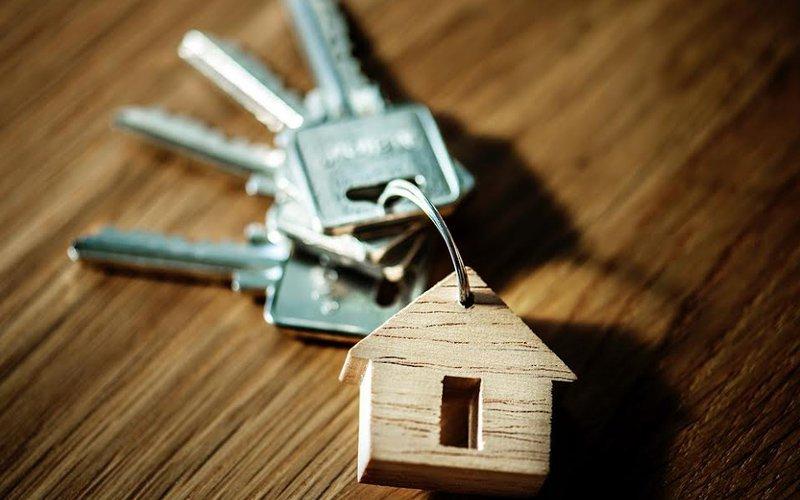


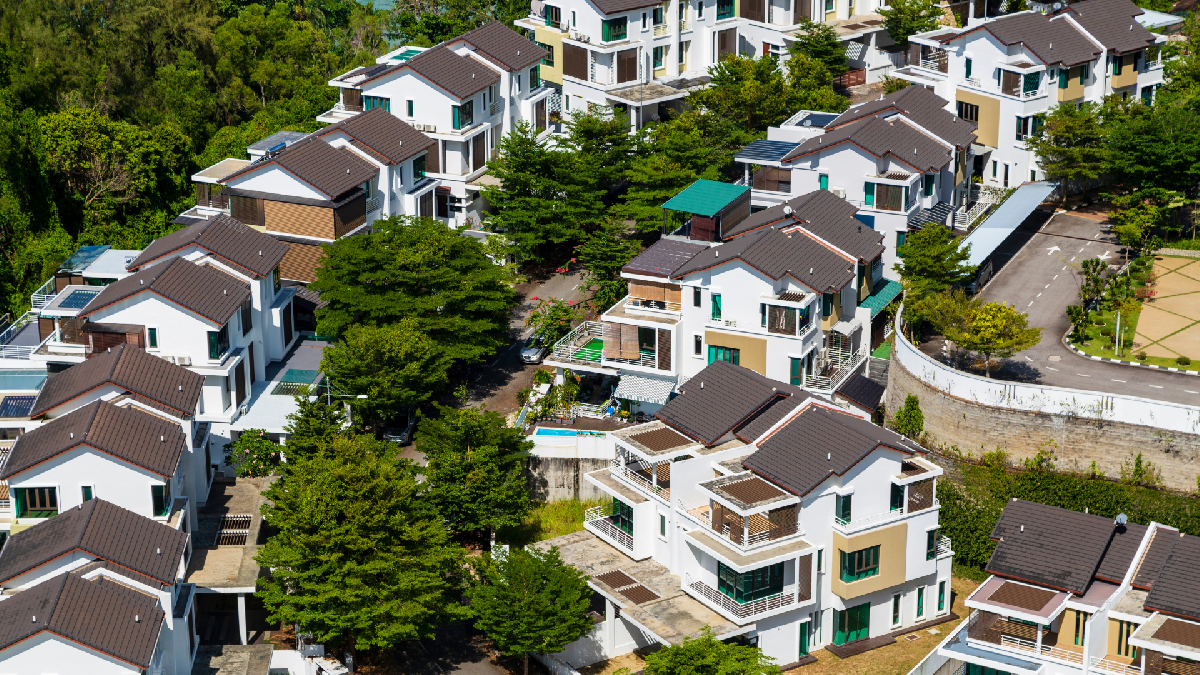
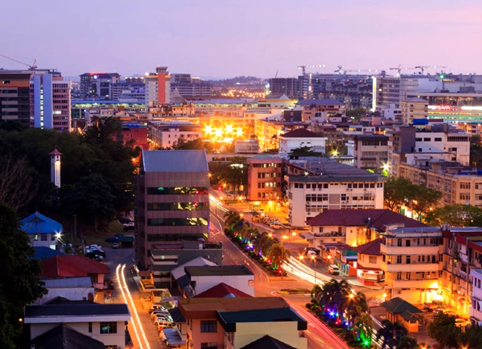
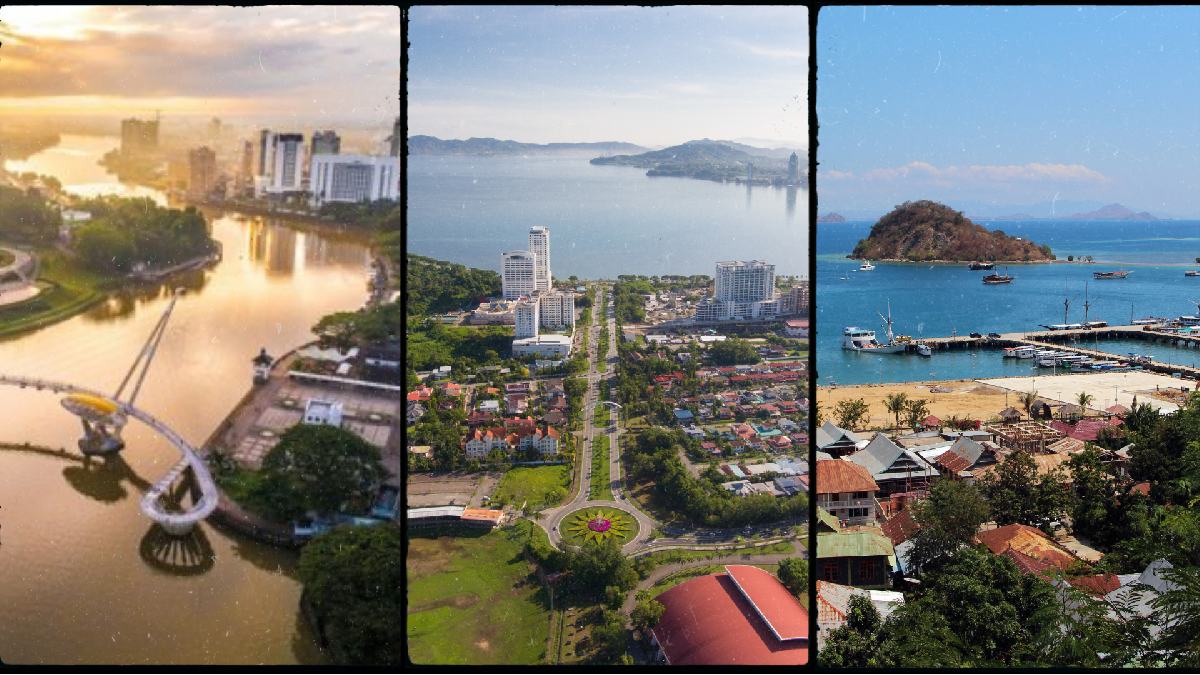

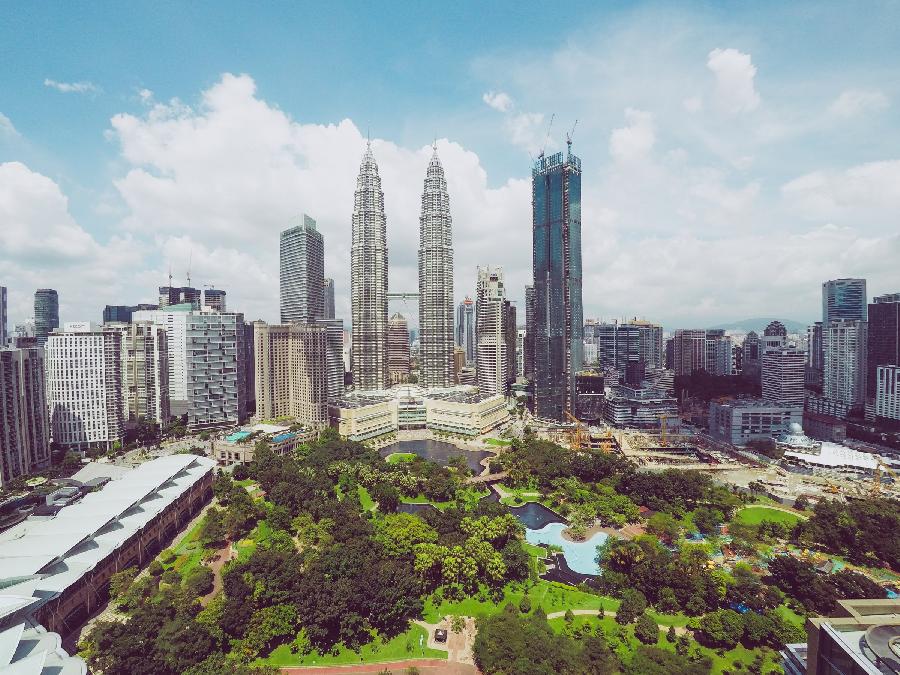



.jpeg)
